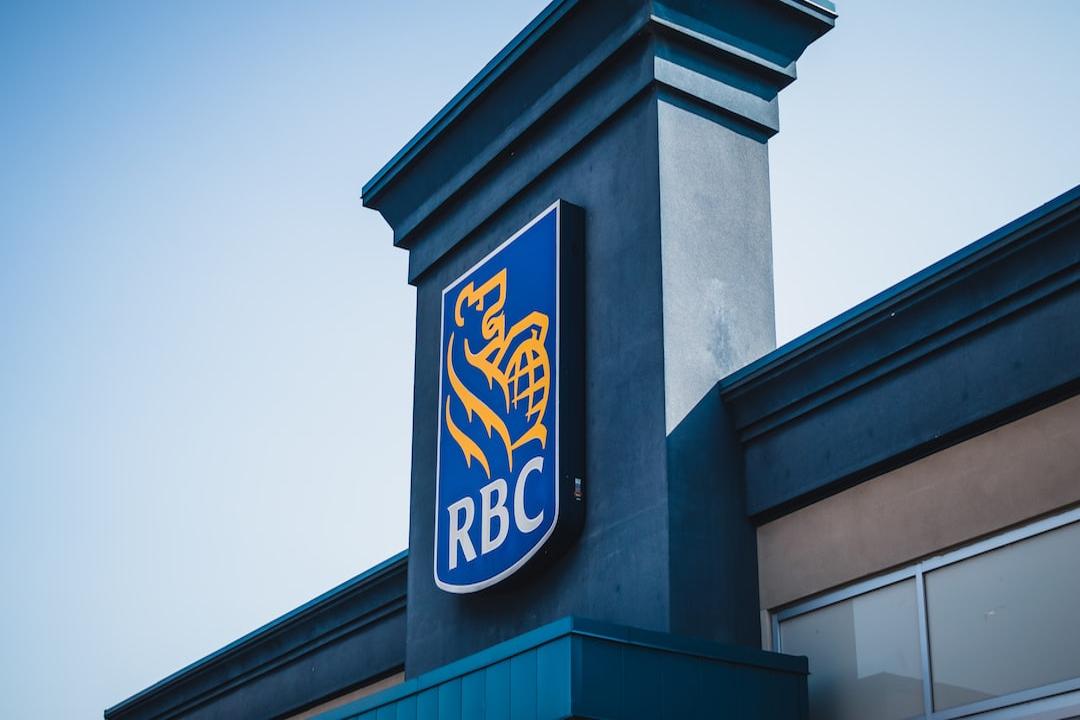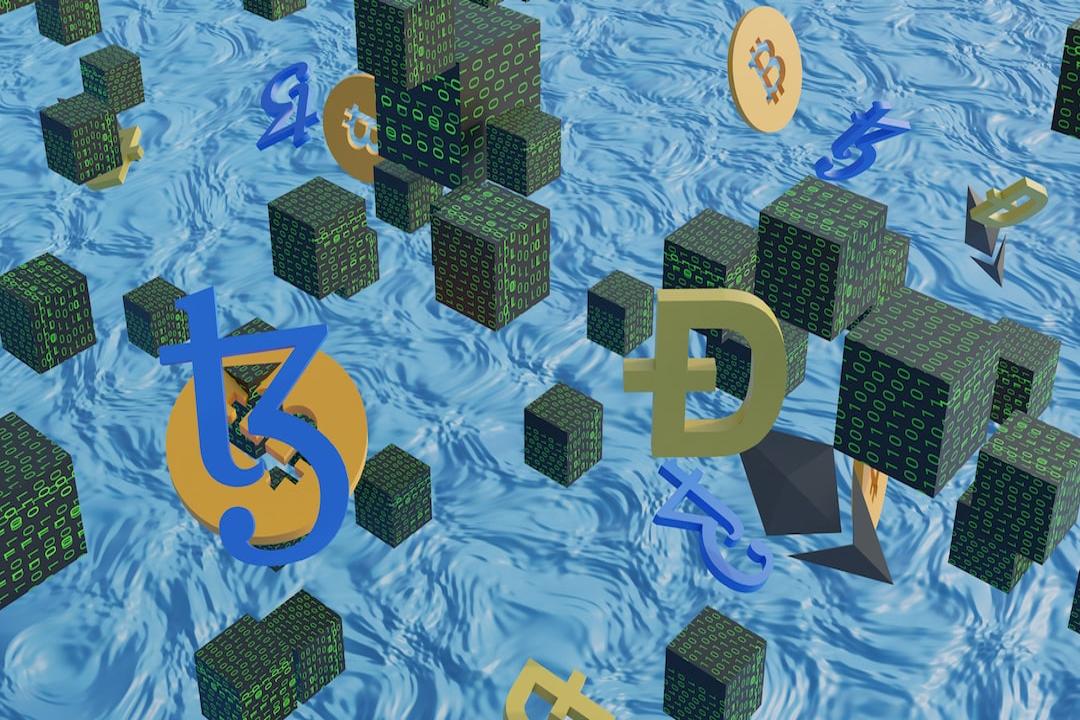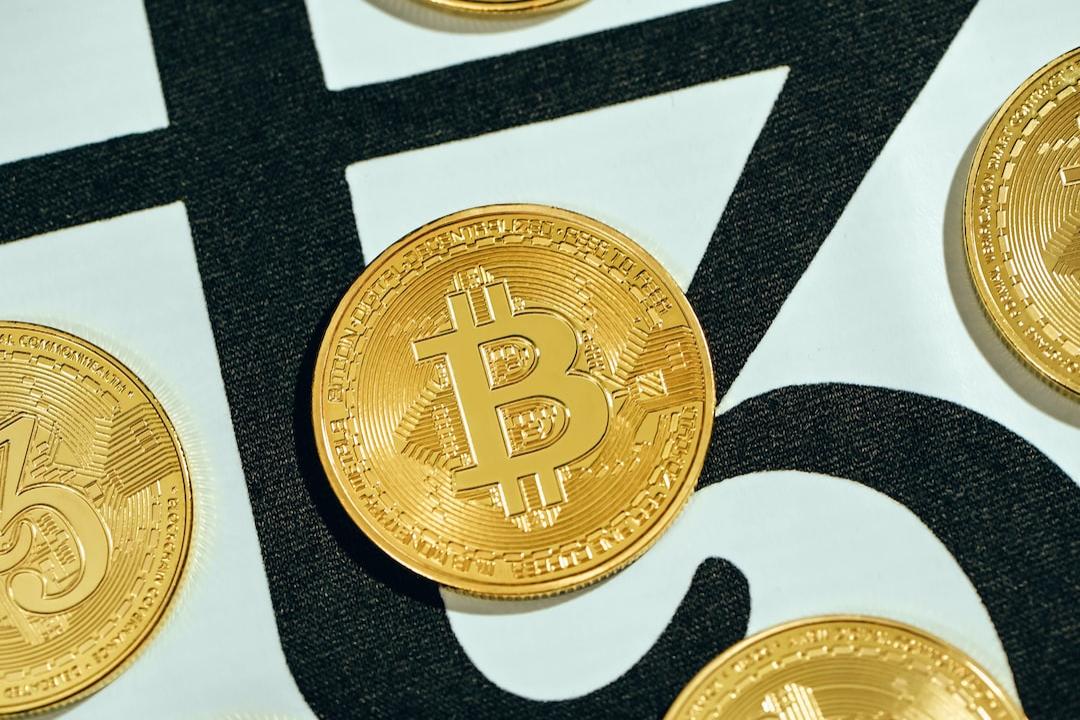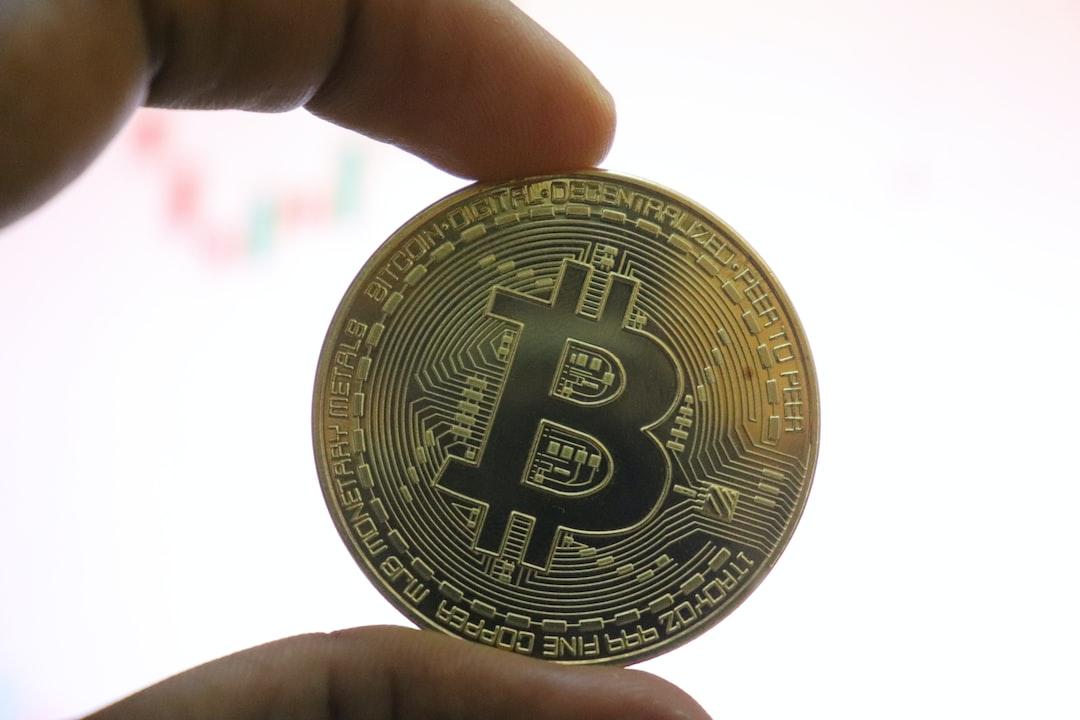With the introduction of more LRTs by Pendle and speculation surrounding AVS airdrops to LRT holders this year, Pendle is likely to continue dominating this market segment. This article is sourced from an article written by CHARLES AND HUMBLE FARMER ARMY RESEARCH, compiled and translated by DeepChain.
(Previous summary:
TVL over 3.6 billion USD: A review of 6 Ethereum re-staking protocols: EigenLayer, ether.fi..
)
(Background supplement:
How large will the EigenLayer airdrop be? Bankless: $1800 per address
)
Although Pendle has been live for quite some time, it wasn’t until early 2023, with the booming LSD industry, that Pendle as a “yield trading” platform began to gain widespread adoption. By splitting assets into principal and yield components, Pendle tokenizes and trades yields. Pendle allows users to purchase assets at a discounted price (similar to zero-coupon bonds) to generate fixed income and speculate on the yields of certain income-generating assets using their principal and yield tokens (similar to interest rate swaps).

Since then, with the emergence of yield-generating stablecoins and recent liquidity re-staking tokens (LRTs), the variety of yield-generating tokens has gradually expanded. Pendle has been able to iterate and support the yield trading of these cryptocurrencies. The LRT market on Pendle has been particularly successful as they essentially allow users to presell or position themselves for long-term airdrop opportunities (including EigenLayer). These markets have quickly become the largest on Pendle and are far ahead:

Driven by the hype around EigenLayer, the success of this product has brought positive upward momentum to the $PENDLE token price:

Through customized integration of LRTs, Pendle allows Principal Token holders to lock in underlying ETH yields, EigenLayer airdrops, and any airdrops related to the restaking protocol of issuing LRTs. This creates an annual yield of over 30% for Principal Token buyers:

On the other hand, due to the integration of LRTs into Pendle, Yield Tokens allow for some form of “leveraged point farming.” Through the exchange feature in Pendle, we can exchange 1eETH for 9.6 YT eETH, accumulating EigenLayer and Ether.fi rewards as if we were holding 9.6 eETH:

In fact, for eETH, Yield Token buyers also receive double the rewards from Ether.fi, effectively engaging in “leveraged airdrop farming”:

Considering that Yield Tokens tend to zero as the expiration date approaches, the value of betting on the value of EigenLayer and Ether.fi (or Kelp in rsETH) airdrops will outweigh the cost of purchasing Yield Tokens using ETH.
Given the expected scale and high liquidity staking demand of EigenLayer airdrops, it’s not surprising that these LRT markets have garnered the most attention on Pendle. Locking in airdrop yields denominated in ETH and leveraged liquidity mining serve different market segments, but it seems there is significant demand for both operations.
With the introduction of more LRTs by Pendle and speculation surrounding AVS airdrops to LRT holders this year, Pendle is likely to continue dominating this market segment. In this sense, $PENDLE provides a good risk position for the success of LRT and EigenLayer in the vertical domain!

Related Reports
Building the Bitcoin DeFi ecosystem: What is Core Network? Token economics, features, and staking analysis
MetaMask launches ETH staking service! Entering the LSD market with a hefty 10% fee
Stader Labs: A multi-chain staking facility, can it reap Ethereum ecosystem dividends?


